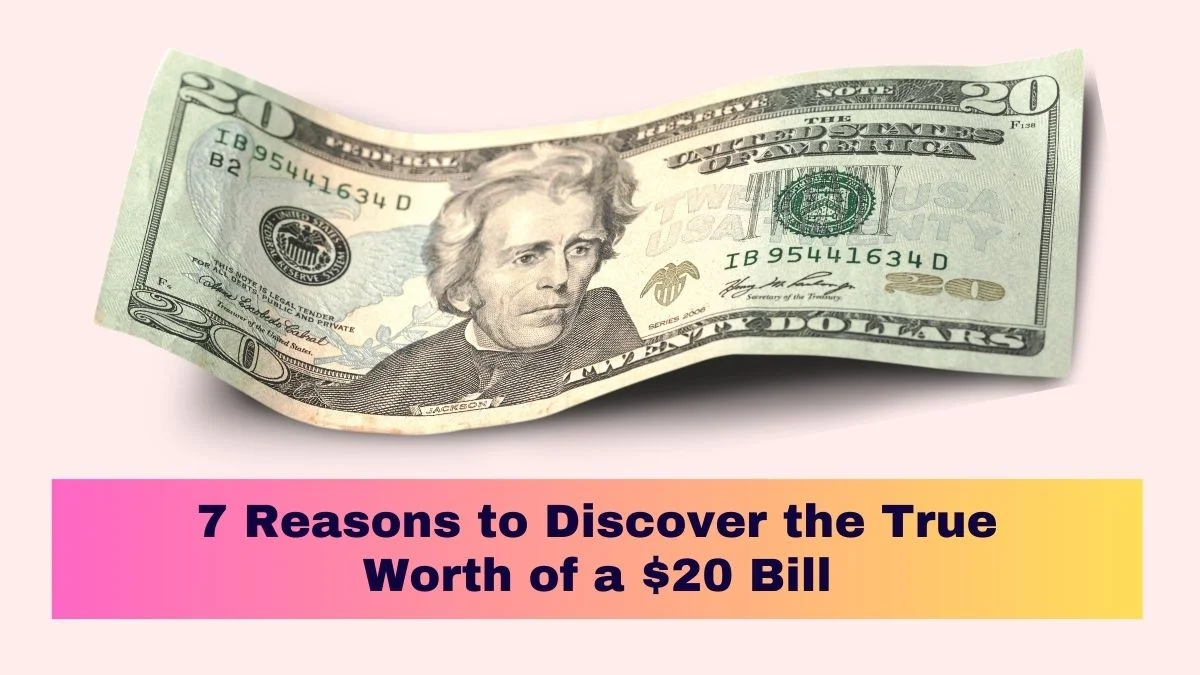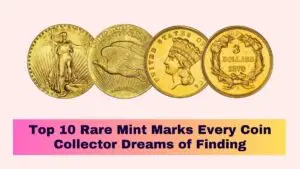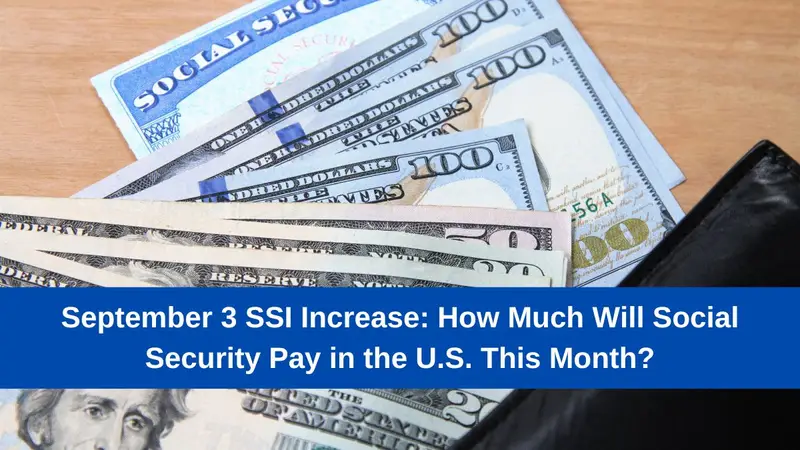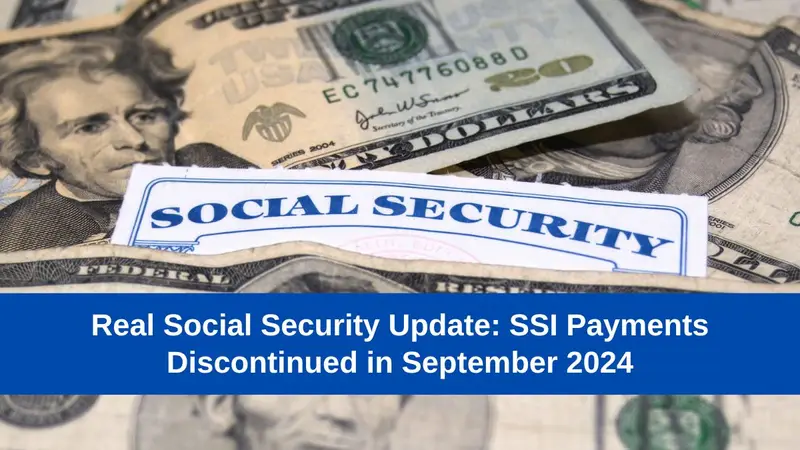In today’s economy, a $20 bill is often seen as just another piece of paper used for everyday transactions. However, there’s much more to this unassuming banknote than meets the eye.
Whether you’re an avid collector, a history buff, or someone just curious about the world of currency, exploring the true worth of a $20 bill can be an enlightening experience.
In this article, we delve into seven compelling reasons why you should discover the real value of a $20 bill and how it could be worth much more than its face value.
Here are the Reasons to Discover the True Worth of a $20 Bill
1. Rare Serial Numbers: The Hidden Treasure
One of the most intriguing aspects of any banknote, including the $20 bill, is its serial number. Certain serial numbers are considered rare or “fancy” and can significantly increase the value of the bill. Serial numbers such as “12345678” or “00000001” are highly sought after by collectors.
These bills can fetch prices well above their face value, sometimes reaching hundreds or even thousands of dollars depending on their rarity and condition.
Examples of Fancy Serial Numbers
| Serial Number Type | Description | Potential Value Increase |
|---|---|---|
| Low Numbers | Numbers like 00000001 | 10-100x face value |
| Ladder Numbers | Sequential like 12345678 | 5-50x face value |
| Repeater Numbers | Repeating digits like 12121212 | 5-20x face value |
| Star Notes | Serial numbers ending in a star (*) | 2-10x face value |
2. Historical Significance: The Harriet Tubman $20 Bill
The $20 bill has undergone numerous changes over the years, but perhaps the most significant is the planned introduction of a new design featuring Harriet Tubman. This redesign represents a monumental shift in American currency, replacing Andrew Jackson with Tubman, a leading figure in the abolitionist movement.
The significance of this change means that certain $20 bills may become historical artifacts, increasing their value over time.
3. Condition and Grading: Why It Matters
The condition of a $20 bill can dramatically impact its value. Bills in mint or uncirculated condition are far more valuable than those that are worn or damaged. Collectors and grading services use a scale to assess the condition, with higher grades commanding higher prices.
For example, a pristine $20 bill from a rare series could be worth significantly more than a similar bill in poor condition.
4. Star Notes: Limited Edition Currency
Star notes are special replacement bills that the U.S. Treasury prints when a bill is damaged during production. These bills have a star symbol at the end of their serial number and are relatively rare, especially for certain series and denominations. Star notes can be a lucrative find for collectors, often selling for several times their face value.
5. Inflation and Purchasing Power: The Changing Value of $20
The value of money changes over time due to inflation. While $20 today may buy less than it did decades ago, certain older $20 bills can be worth far more than their face value due to their historical and collectible significance.
For instance, a $20 bill from the early 20th century in excellent condition could be worth hundreds of dollars today.
6. Cultural and Social Significance
Currency is more than just a medium of exchange; it reflects the culture and values of a nation. The planned redesign of the $20 bill to feature Harriet Tubman is a testament to this.
Such changes can increase the bill’s collectibility, as it represents a shift in the societal narrative, making it a symbol of progress and inclusion.
7. Investment Potential: A Growing Market
Collecting rare banknotes, including $20 bills, has become a popular investment strategy. The market for collectible currency has been growing, with some bills appreciating in value over time.
Whether you’re looking at rare serial numbers, star notes, or historically significant bills, investing in $20 bills can be a savvy financial move.
Conclusion
Understanding the true worth of a $20 bill goes beyond its purchasing power. Whether it’s rare serial numbers, star notes, or historical significance, there are multiple factors that can elevate its value. With the right knowledge and a little research, you might discover that the $20 bill in your wallet is worth far more than you ever imagined.
FAQs
1. How can I check if my $20 bill is valuable?
Use online tools like the Banknote Serial Checker or consult with a currency dealer to see if your $20 bill has a rare serial number or is a star note.
2. What makes a $20 bill collectible?
Factors such as rare serial numbers, star notes, historical significance, and the bill’s condition can make it collectible.
3. Are old $20 bills worth more than new ones?
Not necessarily. The value depends on the rarity, condition, and demand among collectors.
4. Where can I sell my valuable $20 bill?
You can sell it on auction sites like eBay or through currency dealers and auctions specializing in collectible banknotes.
5. Why is the Harriet Tubman $20 bill significant?
It marks a historic redesign of U.S. currency, representing the inclusion of a prominent figure in the abolitionist movement, which could make these bills more valuable in the future.
References
- GOBankingRates – Your $20 Bill May Be Worth More Than You Think
- Smithsonian Magazine – Harriet Tubman Will Grace the $20 Bill
- U.S. Currency Education Program – Star Notes and Serial Numbers
- CoinWeek – The Evolution of the $20 Bill















